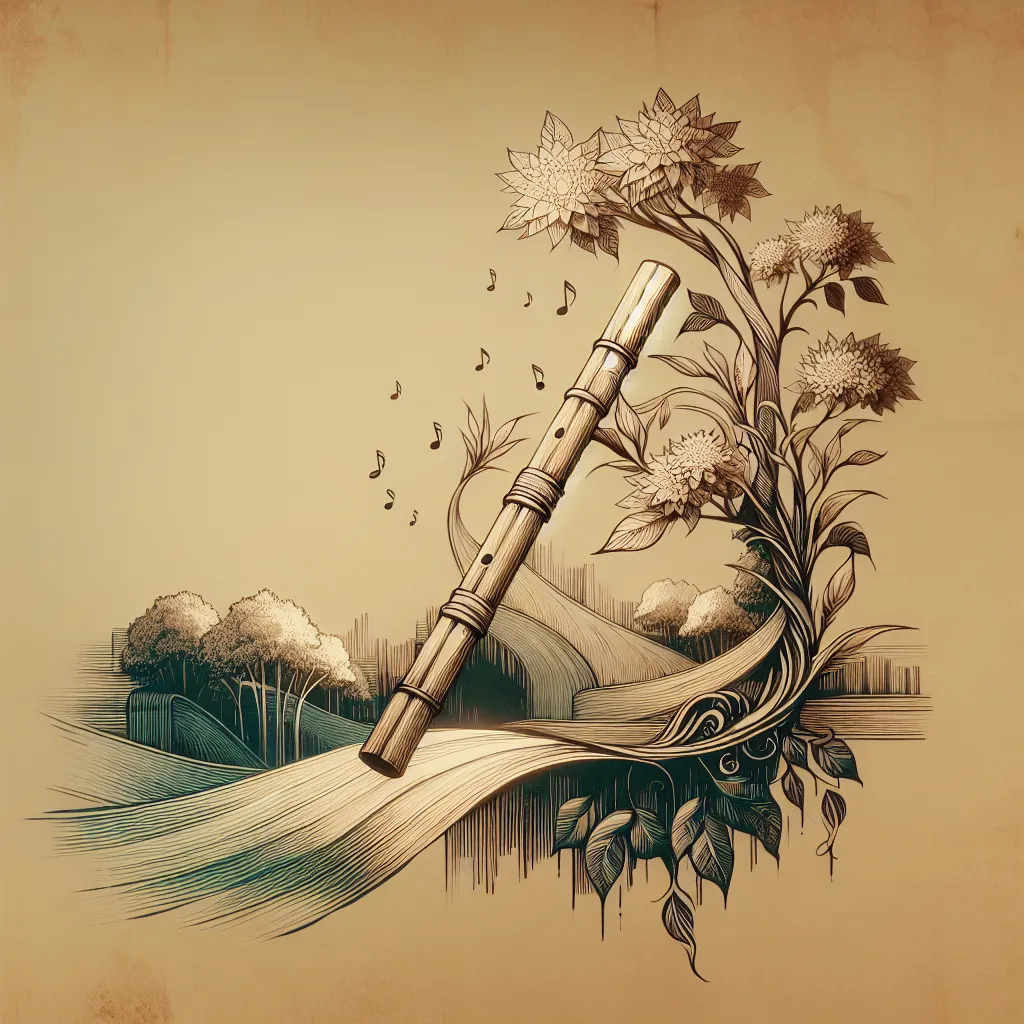Jesus’ use of parables is one of those things that make His teachings so captivating and, honestly, pretty deep. These stories are often described as “earthly tales with heavenly meanings.” They aren’t just cute anecdotes or little stories meant to entertain. Nope, these were Jesus’ secret weapons to deliver heavy spiritual messages in ways that hit home. So, let’s jump into why Jesus was all about parables and what these tales tell us about His message and the crowd He was talking to.
At the core of Jesus’ parables, there’s a split goal: to shed light and to hide. Confused? Let’s break it down. On one hand, parables were meant to simplify His teachings and make them stick for those who truly wanted to get it. By using everyday stuff like bread, sheep, and even mustard seeds, Jesus made His words relatable. But—and here’s the kicker—this wasn’t a universal accessibility. It was selective. He told His disciples that He spoke in parables because not everyone was supposed to grasp the deeper meanings. Jesus basically said, “To you, the secrets of heaven are given. But to others, not so much.”
Why would He do that? It boils down to the spiritual state of the people listening. Jesus quoted Isaiah, saying, “Hearing you will hear and shall not understand, and seeing you will see and not perceive.” He pointed out that people’s hearts had grown dull, their ears shut, their eyes closed. In other words, some folks were just not spiritually ready or willing to get the message. Through parables, Jesus created a filter. Those genuinely keen on understanding would dig deeper and find treasure, whereas others would stay in the dark.
Parables weren’t just some passive bedtime stories; they were litmus tests for the soul. Listening to one of these parables would reveal whether you were spiritually awake or just spiritually dozing off. Jesus used parables to cut through the noise and see who was genuinely seeking God and who was just going through the motions. This is why He often said, “Seeing they do not see; hearing they do not hear, nor do they understand.” Spiritual understanding isn’t about being book-smart; it’s about having the will to see and hear on a deeper, spiritual level. For those who had that gift of discernment, Jesus’ parables were a jackpot of wisdom. For others, they remained puzzling and elusive.
Now, let’s get into spiritual discernment a bit more. Understanding Jesus’ parables wasn’t about human intelligence or academic degrees. It was about having a gift from God—spiritual discernment. Jesus explained that those who had this gift would keep getting more insight, while those who didn’t would end up losing even what little they had. This principle still holds true today. Believers with the Holy Spirit can see and hear things that others just can’t. The parables remain a deep well of understanding for those who are spiritually tuned-in.
Jesus’ parables also served as instruments of judgment and mercy. Seems paradoxical, but stick with me. For those unwilling or unable to understand, the parables acted like a spiritual courtroom. They left these folks in their blindness, which in itself was a form of judgment. On the flip side, for those earnestly seeking truth, the parables were like a guiding star, revealing deeper layers of God’s kingdom. This dual effect is echoed in Paul’s writings, where he says the gospel can be either a fragrance of life or a fragrance of death, depending on the hearer’s state of heart. To those on the path of salvation, the gospel is life; to those lost, it’s foolishness.
The range of Jesus’ parables is pretty broad, from the quick-hitting Parable of the Old Garment to the detailed and moving Parable of the Prodigal Son. Each story had a unique angle, covering different facets of Jesus’ teachings, from the nature of God’s kingdom to the process of its establishment. Take the Parable of the Sower, for example. It showed how different people respond differently to the message of God’s kingdom. Then there’s the Parable of the Mustard Seed, which painted a picture of how the kingdom would grow from small, almost invisible beginnings.
These stories weren’t abstract theological discourses. They were rooted in daily life. Jesus used familiar imagery to communicate profound truths, making them memorable and impactful. His parables were so relatable that they’d stick in your mind, easy to remember and share. This was a slick way to make sure Jesus’ message spread far and wide.
In wrapping this up, it’s clear that Jesus used parables not just as storytelling tools but as a method to reveal and conceal His messages intentionally. These stories sifted through the crowd, identifying who was spiritually awake and who wasn’t. For those with open hearts and keen ears, the parables were like a master class in divine wisdom. For others, they remained confusing, serving as a judgment of sorts.
Jesus’ parables still have that dual-edge today. They bless those who are ready to listen and challenge those who are not. They remind us that spiritual understanding is a gift and that our reaction to Jesus’ words reveals our true spiritual state. So, the big question is, are you truly seeing and hearing, or are you just passively nodding along? Your answer to that might just change how you experience the rich, layered truths that Jesus’ parables hold.






